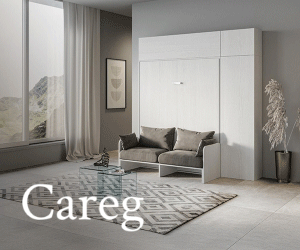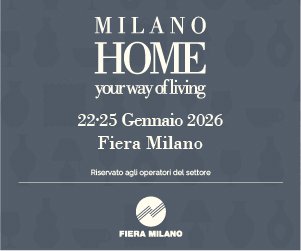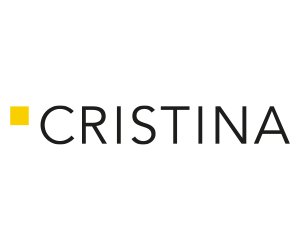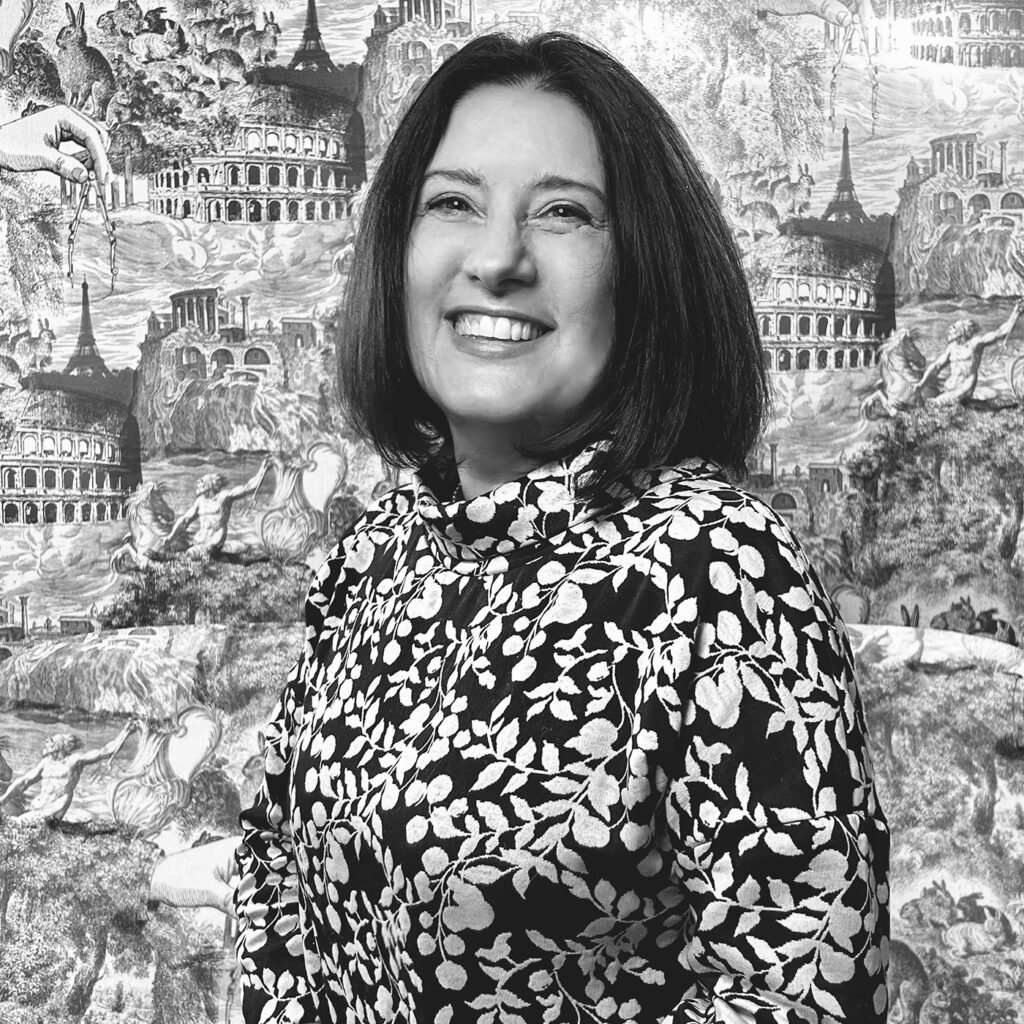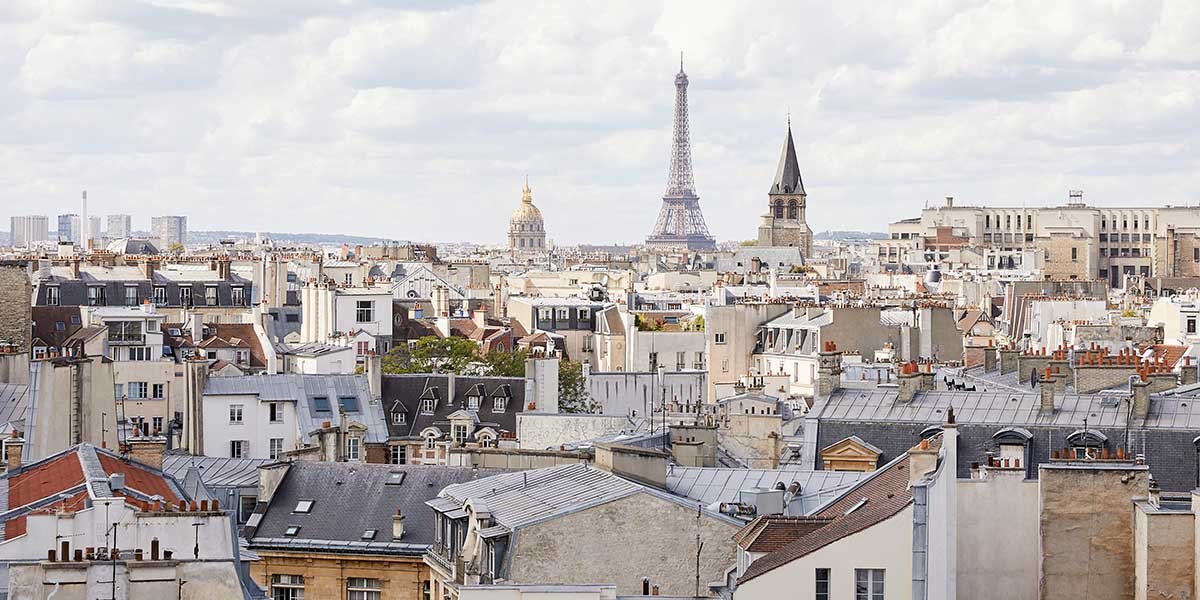Andrei Clontea‘s creativity arises from the continuous encounter between different elements. First of all two places, Brussels and Luxembourg, the cities in which he works. Architecture and art follow, one the starting point and the other the arrival point, beyond nature and artificial structures. All together, they become ingredients of his modus operandi.
While inspired by nature, animals and the human body, his design is not limited to simple replication: his background in the world of architecture is reflected in his work, weaving structure, texture and light into ceramics, and it is this mix of sensitivity natural and architectural which gives his works a unique character of organicity and refinement.
Which characteristics do you take from the world, and from natural forms, and which from the artificial, architectural one?
The fusion of the two souls of my work, the natural one and the architectural one, occurs in an almost unconscious way, such that the organic and the structural blend in a balanced way to create pieces capable of evoking balance and harmony. For this reason there is no clear demarcation between where the influence of nature ends and where the architectural influence begins.
I draw inspiration from the organic shapes, textures and patterns found in nature, such as the intricate details of rocks or the flowing curves of a tree. These elements contribute to a sense of fluidity and life in my creations. However, I also incorporate the structured, geometric and precise aspects of architecture, which provide a solid and stable structure to my designs.
TARUH lamp, inspired by old tree trunks.
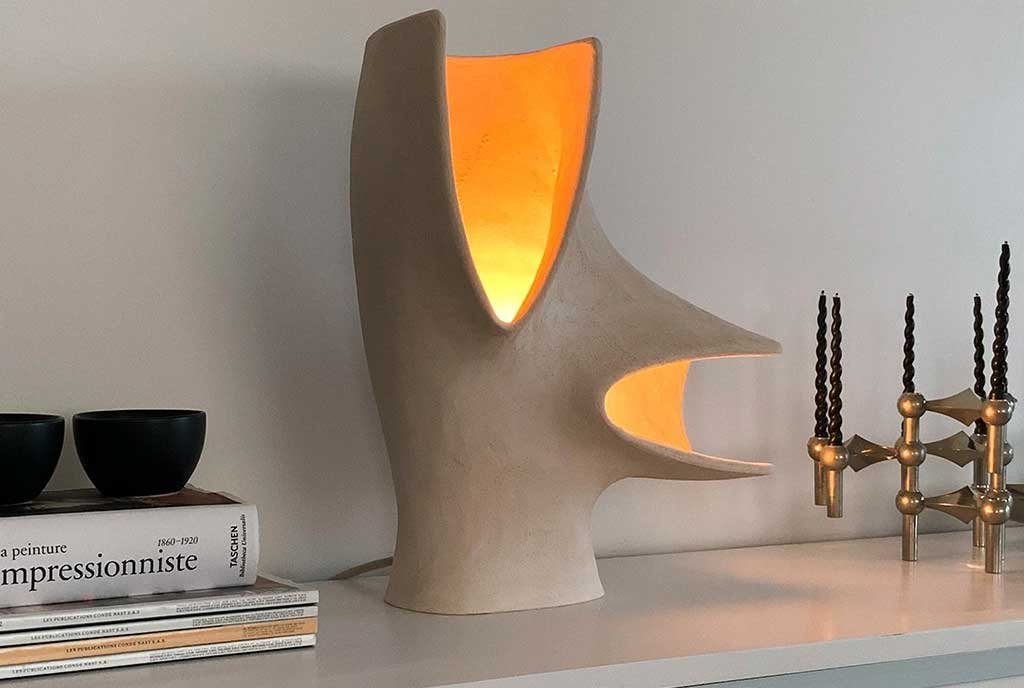
You are a self-taught artist: how did you start and why?
My journey as an artist was born from the desire to return to a creative dimension, because after studying art and then architecture I found myself increasingly frustrated by the bureaucratic aspects of the architectural profession. This feeling pushed me to seek a more practical and manual form of expression.
I started by watching videos and tutorials on YouTube, as many do, and experimenting on my own with materials and techniques. I also think that my background as an architect has given me a fundamental understanding of form, structure and material properties, which has proven extremely valuable.
Since I had no academic or pre-established training in ceramic making, my self-taught journey offered me greater freedom to explore and innovate without the constraints of traditional methods. It allowed me to approach this work with a new perspective, blending architectural precision with artistic creativity, ultimately shaping my style.
OLETHROS lamp, inspired by black holes, when turned on reveals its intricate internal pattern.
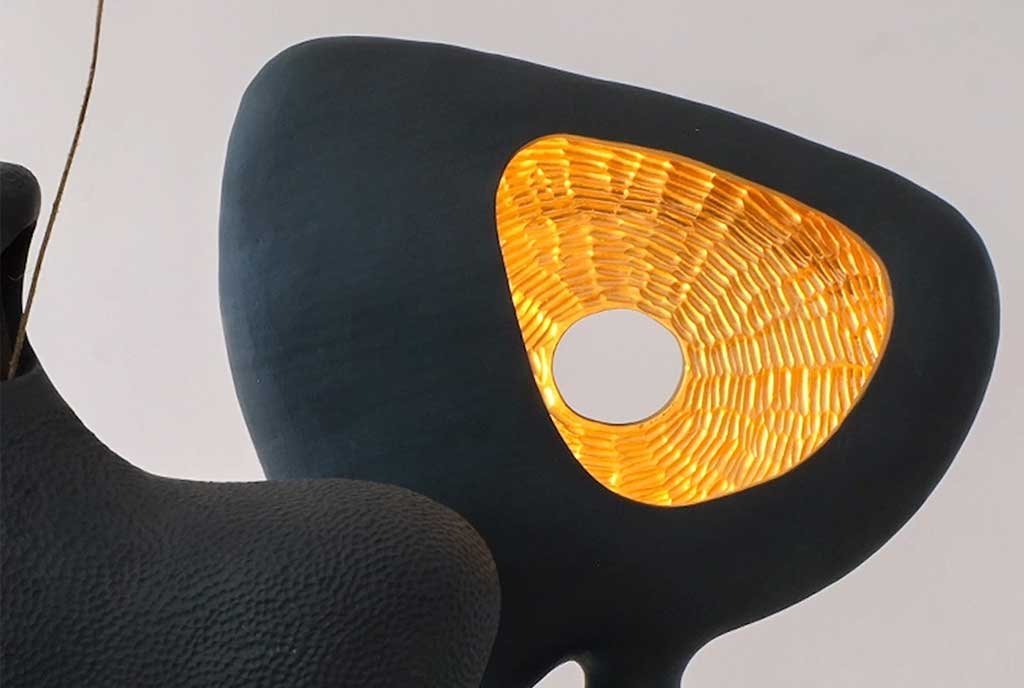
For which people and which environments do you imagine your works?
When I create my pieces I imagine that they find a home in a great variety of environments and that they manage to arouse the interest of even very different people. My projects maintain a minimal appearance despite their complexity, which makes them quite versatile and able to integrate into different contexts.
My design certainly conveys a Mediterranean atmosphere, characterized by earthy tones and natural textures, becoming particularly suitable for spaces that embrace this type of aesthetic. However, thanks to its adaptability, it can also integrate into minimalist spaces, adding a touch of organic warmth or, in more eclectic settings, providing a subtle balance.
ASTĒRI lamp detail.
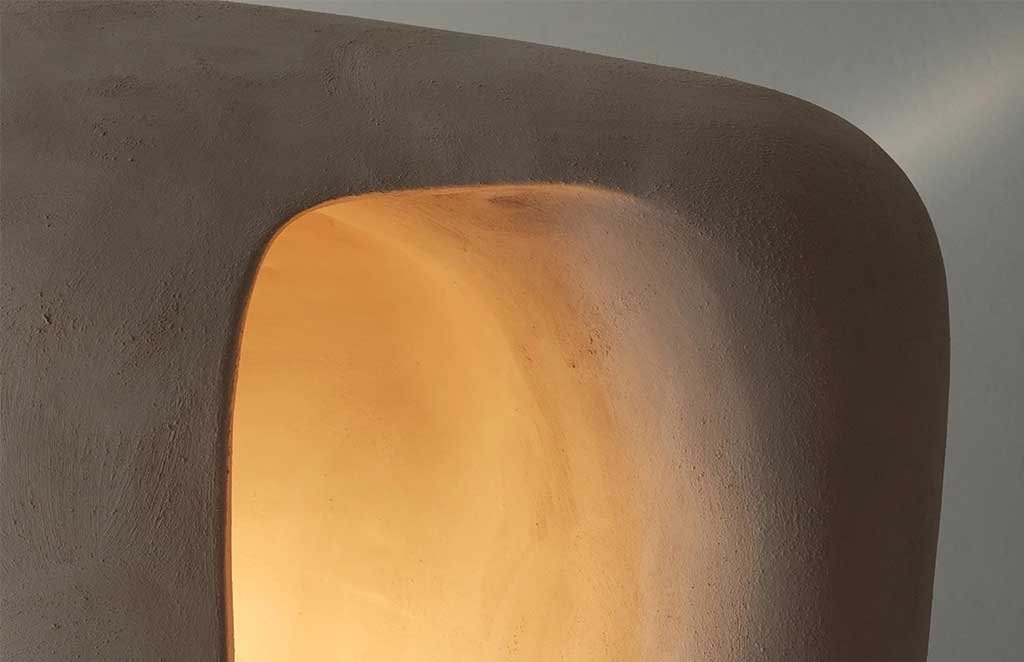
What was the best thing for you about being part of the Isola Design Festival?
Being part of the Isola Design Festival was an incredible experience, especially for a newcomer to the design field like me, who started working with ceramics just two years ago. Exhibiting for the first time at Milan Design Week with an interesting reality like Isola Design was a phenomenal moment.
The opportunity to showcase a small collection of lamps allowed me to present my work to a wider audience and receive valuable feedback; interacting with curious visitors and fellow designers was particularly important, as it provided me with a platform for exchange and inspiration.
The Festival then did not have the sole purpose of showing my work, but also – and above all – of building connections and learning from others. The best part, without a doubt, were the people I met: each one added depth to my experience and motivated me to continue, explore and evolve in my craft.
Andrei Clontea with his works.





